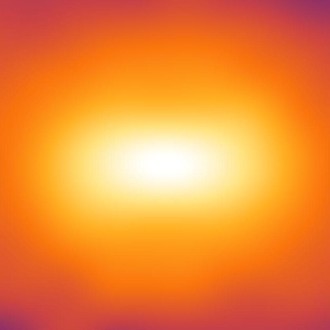
The nearest neighbourhood of the Milky Way is populated by dwarf galaxies containing large amount of dark matter. They were probably formed as a result of tidal interactions of initially disky dwarfs with our Galaxy.
The mechanism can be studied using N-body simulations of dwarf galaxies orbiting the Milky Way. The simulations show that such evolution leads to the deformation of the initial disk and explain why these objects are mostly non-spherical at present. The departures from the spherical shape make the determination of the dark matter distribution in those objects significantly more difficult. The distribution is a subject of controversy since theoretical predictions based on the theory of cold dark matter do not agree with observational data. Klaudia Kowalczyk, a student of astronomy at the Warsaw University, and Ewa Łokas from the Copernicus Center in collaboration with colleagues from USA and Switzerland have demonstrated that the result of the modelling of dark matter distribution depends strongly on the orientation of the dwarf galaxy with respect to our line of sight. The analysis of the mock data sets generated from the simulations shows that if the galaxy is observed along the line in which it is most elongated the modelling will lead to the conclusion that it has a shallow dark matter core while in reality the dark matter distribution may be steeper. The article describing this effect „Can we measure the slopes of density profiles in dwarf spheroidal galaxies?” has been just submitted to MNRAS and is available on arXiv. The figure shows a dwarf spheroidal galaxy formed in the simulation after about 7 billion years of evolution on an orbit around the Milky Way. (Copyright Ewa L. Łokas)






